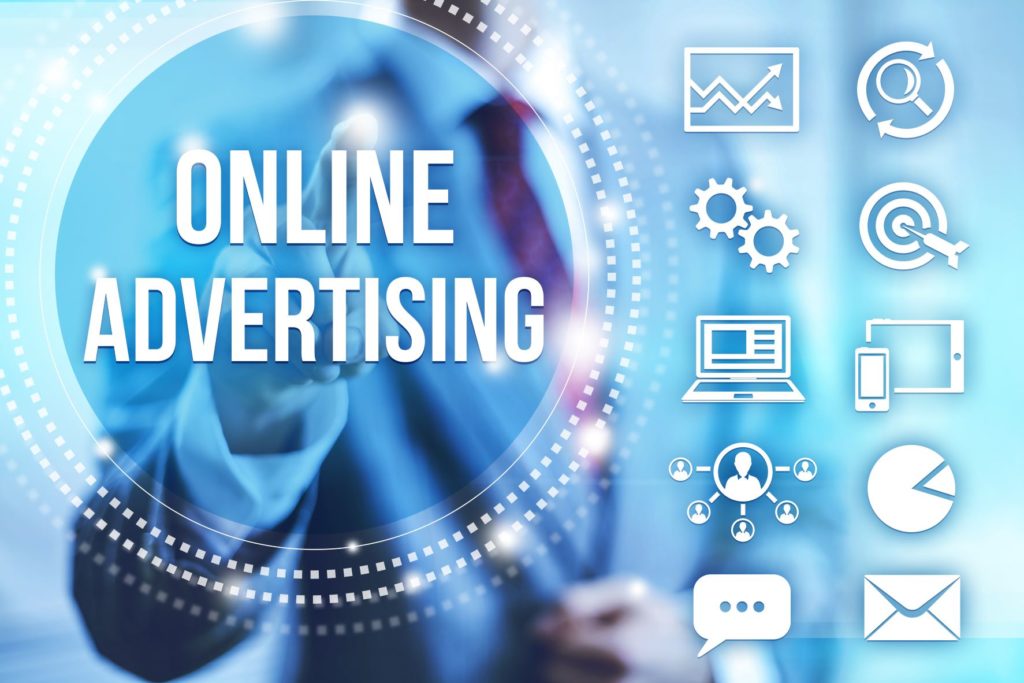
What if we told you there were a handful of essential strategies on how to use social media for audience targeting in healthcare? And what if these tips help you generate sales and increase revenue? That’s what we explore in this article.
Social media has changed the way businesses, including healthcare providers, approach digital marketing. Not only is social media affordable, but it is an effective way to reach a very specific audience. Additionally, with nearly 4 billion people actively using these platforms, social media is a great potential for sales. As a healthcare provider, understanding how to maximize its benefits and apply social media to your marketing efforts helps you find (and better understand) your ideal audience.
Keep reading to learn how to take full advantage of these highly effective tools that helps you deliver focused marketing campaigns that yield results.
Quick Takeaways
- Audience targeting allows you to understand the needs of your healthcare audience and create custom messaging that resonates.
- Through audience targeting, you develop meaningful relationships while maximizing your company’s resources.
- There are five main ways to use social media for audience targeting in healthcare, including assessing your social media audience, learning from the competition, and more.
What is Audience Targeting and Why is It Important?
Audience targeting is segmenting your potential prospect list into similar groups using various criteria. Categories could include demographics, purchase behavior, overall interests, and purchase intent. Audience targeting helps you better understand your audience and gain insight into what sort of messaging would resonate. This enables you to create customized communications that meet the specific needs of your target audience.
Today’s consumers are more discerning, partly because they are empowered by the internet to conduct their own research and find the products and services that they deem beneficial. As a result, contemporary consumers demand more from brands. Today, 66% of customers expect companies to understand their expectations and their unique needs. Delivering personalized messages shows your audience you understand them, and it helps you to connect with them on a deeper level which builds customer trust and loyalty.
There are nearly 800,000 companies in the U.S. healthcare sector. As a healthcare provider, how do you set yourself apart from your competitors in the healthcare market and supply chain? By targeting your audience and gaining a better understanding of what they expect, need, and demand, you can deliver the right information at the right time through the right channels. This strategy helps you differentiate yourself among healthcare providers and boost your business success.
The following video further explains why it’s important for businesses to identify their target market and suggests ways to do so:
Benefits of Audience Targeting
In addition to building trust and gaining customer loyalty, audience targeting provides numerous benefits to your healthcare business, including:
- Saving money: by targeting the right people, you know your advertising dollars are being spent on the right efforts. This ensures your campaigns are cost-effective and productive.
- Optimizing resources: audience targeting provides invaluable metrics that enable you to measure the success and effectiveness of your marketing campaigns. These numbers help guide your decisions as you build effective strategies.
- Attracting quality leads: when you know you’re reaching the right people with the right message, you attract customers that are ready to buy. These conversions help boost your bottom line.
By targeting your audience, you develop meaningful relationships that result in repeat business while ensuring you maximize your company’s resources for ultimate success.
5 Ways to Use Social Media for Audience Targeting in Healthcare
Social media provides businesses with several ways to seek out the right target audience. Whether you’re trying to identify the right people in hospital distribution, hospital purchasing, or group purchasing networks, here are five ways to use social media platforms for effective audience targeting in healthcare.
1. Assess Your Current Social Media Audience
To determine the people most interested in engaging with your company on social media, begin by analyzing the people already interacting with you on these platforms. Consider age, location, spending patterns, pain points, and your customer’s end-user.
Social media platforms provide analytics that reveal most of this information. By looking through these metrics and learning about the people who are already your health system customers, you develop an idea of your ideal social media audience.
2. Learn Candid Information Through Social Listening
Monitor social media conversations and threads to learn what people are saying about the healthcare industry, your company in particular, and the products you sell. Conduct searches for keywords and hashtags to find discussions about you and your competitors. These candid reviews and conversations will reveal a wealth of information that you can use to your benefit.
Learn what people like about your company or your products. Discover frustrations and areas of dissatisfaction that you can improve upon. Take advantage of the opportunity to reach out to those people and respond to their comments and engage them in a meaningful conversation. You’ll learn a lot about their needs and ways your business can meet their expectations.
3. Identify Which Social Media Platforms are Used Most
It’s important to reach people where they are, so you must understand which social media platforms are most used by your target audience. Services like Hootsuite Insights and Keyhole.co enable you to search terms and hashtags to find out which platforms are among the most popular for your needs.
Google Analytics enables you to track traffic from certain social media platforms so you can determine which channels are most effective for your needs.
If all else fails, simply review the metrics for your social media posts on various networks. You’ll see what’s effective and what isn’t, and which social media platforms garner the best results.
4. Learn from the Competition
Nearly every business uses social media to drive traffic and generate sales. Check out your competitors and see what their social media campaign looks like. Observe what seems to be working for them, and what could use some improvement. Learn from their victories and mistakes to help flatten your learning curve.
5. Understand Customer’s Needs
Each social network channel has its advantages. Instagram is a great way to share photos and visuals. Healthcare providers who want to see charts and graphs may prefer this platform. Twitter enables people to share links and brief updates. This would be ideal for customers who want to read studies and reviews of healthcare products. YouTube is best for video sharing, where people can see actual demonstrations of how the equipment works.
Understanding what your customers want can help you determine which social media platform would be the most effective way to reach them.
Utilize Social Media for Audience Targeting in Your Healthcare Business
Social media is more than a way for people to connect online. It’s an effective sales tool for hospitals and health systems to reach the right audience. Using these platforms to identify and understand your target audience helps you create effective campaigns that yield profitable results.
Contact us today to build a social media strategy that identifies your target audience in healthcare for optimal success.



